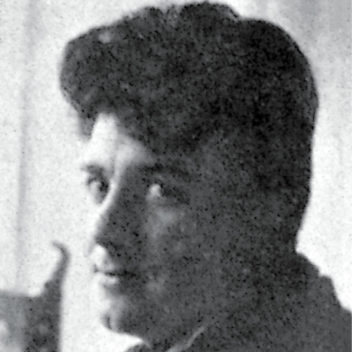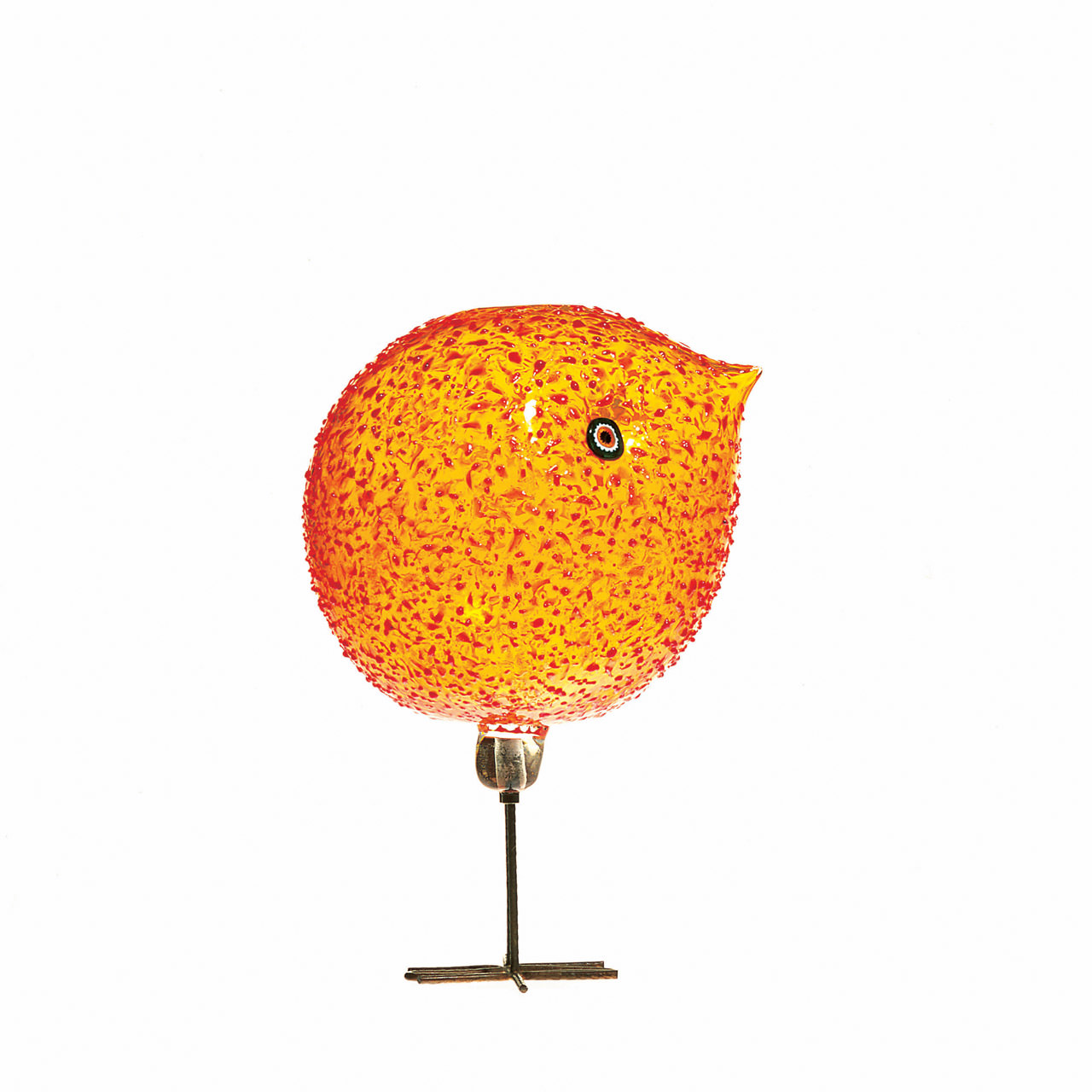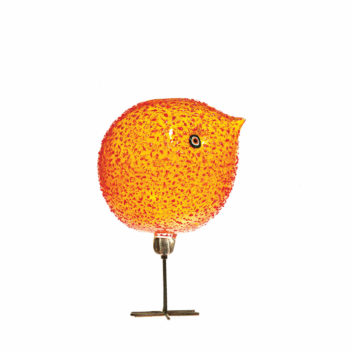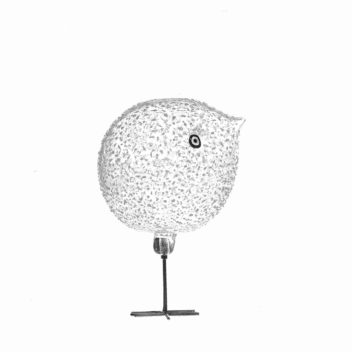
Alessandro Pianon 1931–1984
Born in Venice, Alessandro Pianon attended the Architecture School in Venice and used his talents to become an architect and designer. He was hired by the Vetreria Vistosi in 1956 to design the company logo and ended up designing numerous collections of glass. In 1962 he started his own design studio and worked for many companies, including Lumenform.


